Liftoff to Mars!
6 April 2016
The first mission of the ESA-Russia ExoMars programme began its journey to Mars from the Baikonur cosmodrome with UCL-MSSL and UCL's Centre for Planetary Sciences (CPS) playing key roles.
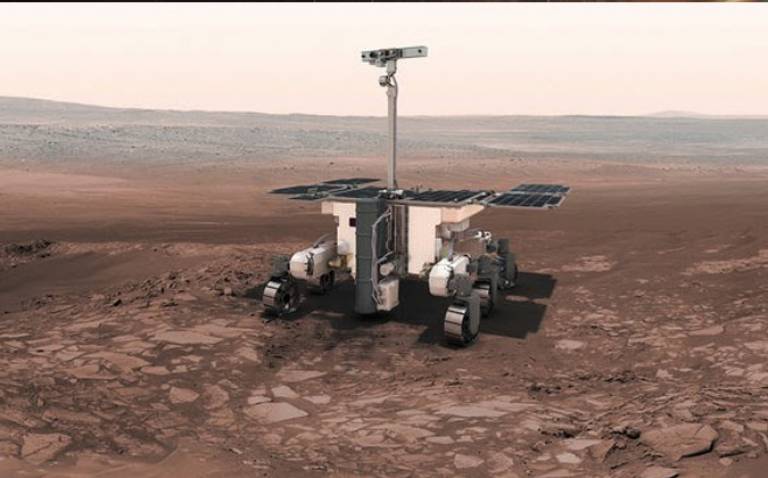
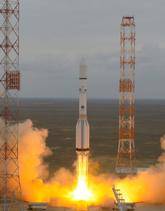
The 2016 mission includes three elements – the Trace Gas Orbiter (TGO), the Schiaparelli lander and a data relay for the 2018 rover. Prof Andrew Coates, Principal Investigator for PanCam on the ExoMars rover, says the atmosphere at ESOC, Darmstadt was electric during the launch. ‘We all knew that this was make or break for Europe’s ExoMars programme – and following the rounds of media interviews in advance and on the day, later that night it was finally confirmed that 2016 had separated from the Briz and was on the way safely. ExoMars – finally from our dreams to reality!’
Trace Gas Orbiter
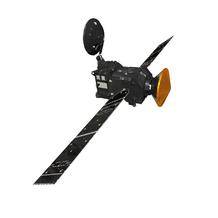
Methane should not be present at Mars as it breaks up quickly in sunlight with a maximum lifetime of a few hundred years. The fact that it is observed, albeit at ‘trace gas’ levels of a few parts per billion, means that there must be a source of methane at Mars now. This could either be signs of geothermal activity, or perhaps even signs of life. In either case, this revolutionises our knowledge of Mars, which we thought about as a ‘dead, red planet’, and in the latter case it could be remarkable evidence of the first life beyond Earth.
Recently, the Curiosity rover on the Martian surface detected variable trace levels of methane in 2014, adding to the earlier evidence and providing further topicality for TGO science. The TGO has four instruments – NOMAD and ACS which will map methane, CASSIS to provide stereo imagery for context, and FREND to detect subsurface hydrogen using neutrons – a proxy for sub-surface water ice. Together, the payload will study the seasonal and surface variability, relating methane particularly to subsurface water, to provide further information on its origin.
UCL-MSSL, under contract, built the detector electronics for the ultraviolet channel of the methane-hunting NOMAD instrument. Science data collection is expected to start in December 2017 after a long aerobraking phase to achieve the final 400km circular Mars orbit.
Schiaparelli lander
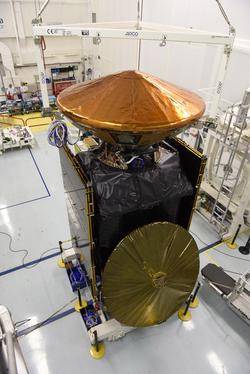
So the idea of Schiaparelli is for Europe to fully successfully land on Mars and transmit data from the surface. The AMELIA instrument will send back information about deceleration in the upper atmosphere, and DREAMS will tell us about weather conditions, and interestingly charged dust, at the surface. The lander is battery operated so will last only a few days, but the main idea is to demonstrate a European landing capability with future sample return, or even human, missions in mind. Schiaparelli will land at the end of the Mars global dust storm season – a big engineering challenge; if Europe can land safely then, future Mars missions should all be possible!
Following the planned separation of Schiaparelli from TGO on 16 October the landing is planned for 19 October – the same day TGO enters Martian orbit with an initial elliptical orbit.
Data relay
One of the key parts of the 2016 mission from UCL’s point of view is the data relay for the rover. This will add to the data relay capabilities from Mars Express and the US missions at Mars and will make a large difference to the data downlink possibilities from the rover – meaning more PanCam images and other data!
ExoMars rover mission
The jewel of the ExoMars programme is the rover, which will be deployed to the surface using European-Russian technology, involving retro-rockets and an instrumented landed platform. The rover has a strong UK involvement, including:
· Principal Investigator for the PanCam instrument (Prof A.Coates, UCL-MSSL)
· Project manager (Craig Leff) and system engineering team for PanCam (UCL-MSSL)
· Many UK and CPS PanCam co-I’s including Andrew Griffiths, Peter Muller, Pete Grindrod, Ian Crawford
· Industrial lead for the rover itself (Airbus, Stevenage)
· Lead science roles in rover landing site selection (Pete Grindrod, Birkbeck and CPS)
· Co-investigator role in Raman spectrometer (Ian Hutchison, Leicester)
The search for life on Mars, or anywhere else in the Universe, is one of the key targets of current space exploration. As well as Mars, Jupiter’s moon Europa and Saturn’s moon Enceladus are all prime solar system locations where the four ingredients for life are either there now or have been in the past: liquid water, the right chemistry, a source of energy and enough time for life to develop. The ExoMars mission is following this up at Mars, with JUICE and the Europa mission at Europa and Ganymede, and Cassini and future missions at Enceladus and Titan. UCL-MSSL and CPS are involved in many of these missions.
3.8 billion years ago, Mars was a very different place to the harsh dry desert it seems to be now. There is evidence for water on the surface, a thick atmosphere, a protective magnetic field and volcanism. This is why scientists are excited by the prospect of life starting there at that time – the same time the earliest life was starting on Earth. ExoMars will continue the search for past, or even present, Martian life.
Although there have been several rover missions to Mars, culminating with NASA’s impressive Curiosity rover, the ExoMars rover has a really important new niche for Europe and Russia. It will drill underneath the surface of Mars up to 2m for the first time to search for signs of life. The surface of Mars is inhospitable – with an oxidising, CO2-rich atmosphere and high levels of solar UV and solar and galactic cosmic radiation. This is due to the currently thin (1% of Earth’s atmospheric pressure) Martian atmosphere, stripped by the solar wind over 3.8 billion years since the Martian magnetic field was lost. The search for life is on – and calculations we made in the CPS in 2007 (Lewis Dartnell, with John Ward and Andrew Coates) helped to show that sampling a metre or two below the surface is key. Drilling mm under the surface shields from the UV, a metre is needed to really get below the oxidants, and at least 1.5-2m to shield most of the cosmic radiation. The ExoMars drill at 2m is will be 40 times deeper than previous attempts (Curiosity, for example, can drill 5cm).
The rover payload includes a suite of context instruments as well as analytical instruments to examine the subsurface samples.
The UCL-MSSL led PanCam includes two wide angle cameras and a high resolution camera. The wide angle cameras provide 3D terrain models as well as spectral information from an 11-position filter wheel on each ‘eye’, while the high resolution camera provides rock texture. Together PanCam has a range of science objectives including mineralogy and atmospheric science, providing scientific context for the mission. As much science as possible has been packed into the PanCam instrument, including filter selection work done in CPS by ex-UCL PhD student Claire Cousins, to optimise PanCam for water-rich minerals. The UK-led PanCam team is international with strong contributions from Germany, Switzerland, Austria and Wales, with an even more international science team.
The other context instruments are WISDOM (sub-surface sounding radar to look for water ice and outcrops), CLUPI (close-up imager to look at the drill tailings – supplementing PanCam imaging), ADRON (neutron instrument to look for subsurface hydrogen – proxy for ice) and Ma-MISS (imager in the drill bit for subsurface geology context)
The analytical instruments to examine the samples are MicrOmega (IR - mineralogy), RLS (Raman Laser Spectrometer – mineralogy and fluorescence) and MOMA – Mars Organics Mass Analyser. This instrument can search for biosignatures, including chirality.
The payload team is highly integrated, with data from each instrument playing an important role. The science results from the ExoMars missions have the potential to answer one of the most important questions for science and for humanity: are we alone in the Universe?
Rover landing site selection
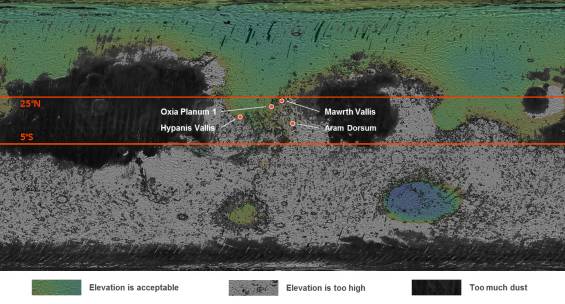
UCL and CPS PanCam students – preparing for PanCam and ExoMars
Two new PhD students, Roger Stabbins (MSSL – mineralogy and atmospheric science) and Eleni Bohacek (UCL- EE – multi-camera stereo reconstruction) are working directly with the PanCam team preparing for the science part of the mission. Peter Muller and colleagues at MSSL are also developing 3D imaging algorithms. We anticipate enhancing the teams at MSSL and UCL further as the launch date approaches.
In all, ExoMars will represent a real bonanza for planetary science at UCL and the CPS, working closely with UK, European and Russian colleagues. We can’t wait!
 Close
Close

